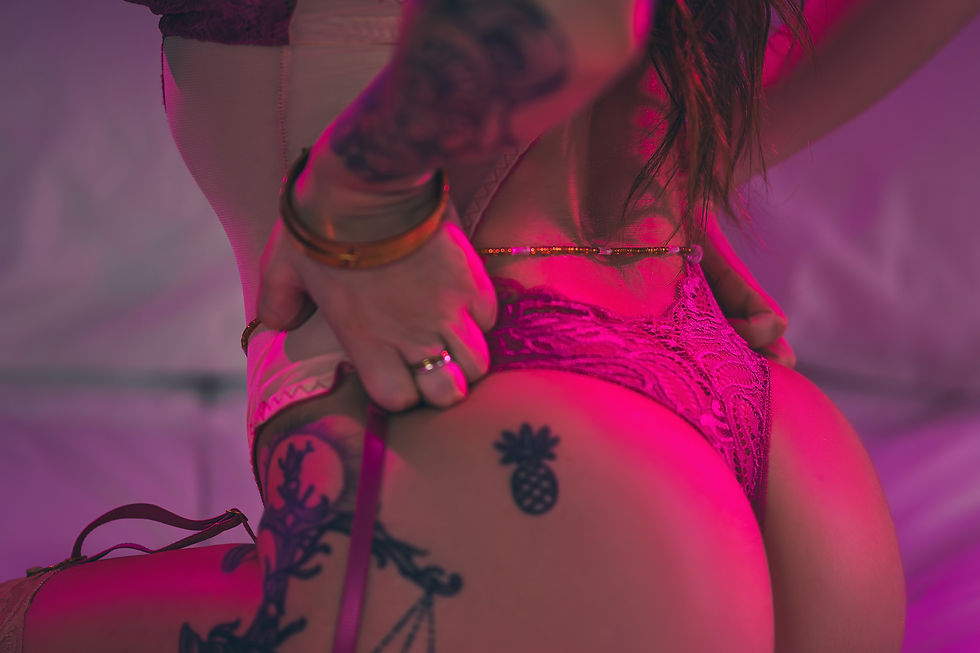How To Capture Theatre Photos that Rock
- Daryll Morgan

- Apr 20
- 3 min read
Updated: Apr 21

Theatre is a window into another world. Where writers, directors, producers, actors, stage crew, and so many others come together to help tell a story.
Storytelling is one of mankind's greatest pastimes, and photography is an extension of that - telling a story through pictures.
So it's no great surprise that great theatre photography requires a fundamental understanding of photographic techniques, such as rule of thirds, leading lines, and proper exposure.
In addition, one needs to have a good grasp of how to shoot theatre specifically. No two stages are the same, and each production is going to have its own unique blocking, movement, and dynamic lighting. To capture theatre well you must be able to adapt quickly to changing scenes.

This sometimes means you won't be using full manual mode (crazy, right?). I often find myself using auto ISO (highlight priority) for my work and will adjust the exposure compensation as needed. I've found that most movements on stage don't require more than 400th of a second shutter speed. And I like to stop down my aperture as well to ensure everything is in focus. So my baseline settings usually end up being around 1/400 shutter speed, f/4 aperture, and auto ISO.
Many photographers fall into the trap of using a slower shutter speed or faster aperture to account for low light situations. However, this often leads to shots being out of focus, or blurry due to movement. Save the milky bokeh shots for portraiture. Use settings that accurately portray the scene. With today's denoising technology (see: Lightroom Denoise AI), high ISOs are perfectly usable, assuming you're shooting with professional equipment.
I use a Nikon Z8 which can sometimes be noisy, but I've found it handles most things exceptionally. And I typically pair it with my Tamron 35-150 f/2-2.8. The zoom range is perfect for theatre work.

So now that you've got a starting point for settings, the next and most important step is to get experience. However you can - photographing your nephew's school play, shooting public performances at the local amphitheater, volunteering for the media team for community theatre. Through trial and error you will learn what angles work for what types of scenes, and you'll begin to develop a sense for the ebb and flow of a script. As tension builds, that might lead to some faster action so get ready to increase your shutter speed. Or maybe there's a group number in a musical (which you know will end with a final "pose" center stage), so you'll bring your aperture to f/8 and a slower shutter speed so you can get a nice group photo with everyone in focus.
It's tricky, and it's fast, but honing these skills, and following your intuition (once it's developed) is what will lead to theatre photos that rock.
And sometimes none of this advice will work. There will be lighting that is on a frequency that only allows you to shoot at 1/182.6 seconds, so some shots will be a little blurrier, but that's better than a bunch of lines over the image. Knowing your camera is crucial to being able to handle these quirks, so get to reading that manual!
And video is a whole 'nother thing... most productions aren't allowed to share the script online so this usually means taking clips while muting the audio, and using music and/or a voiceover to help convey your message.
If you want more tips about videography, make sure to let me know in the comments, or contact me!
And if you want to check out more of my theatre work, click here.


Comments